- Blog
- >
- Donor Data: Why It’s Important
Blog
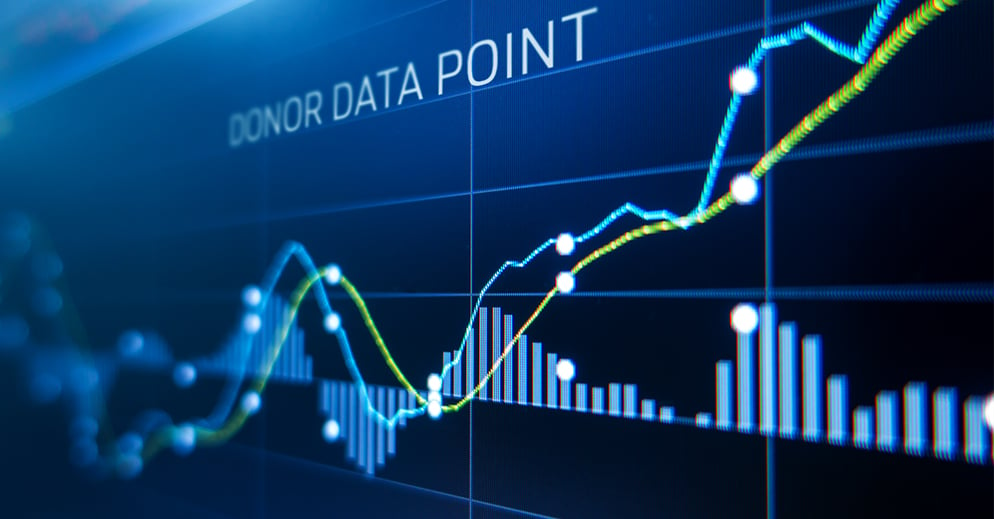
Donor Data: Why It’s Important
Holley Snaith / September 29, 2025
In the world of nonprofit fundraising, understanding and successfully executing the donor cultivation cycle plays a major role in your fundraising efforts. Collecting, maintaining, and analyzing donor data is crucial to the donor cultivation cycle. You may think of key donor data points as the name and contact information, but gathering the right donor data points goes well beyond these pieces of information. Let’s dive deeper into why donor data is important.
In the world of nonprofit fundraising, understanding and successfully executing the donor cultivation cycle plays a major role in your fundraising efforts. Collecting, maintaining, and analyzing donor data is crucial to the donor cultivation cycle. You may think of key donor data points as the name and contact information, but gathering the right donor data points goes well beyond these pieces of information. Let’s dive deeper into why donor data is important.
Critical Donor Data Points To Collect
First, collect the basic donor data points. These include the donor’s full name, birthday (optional), mailing address, email, phone number, and payment information. Feel free to collect any other qualitative data that may align with your mission as well.
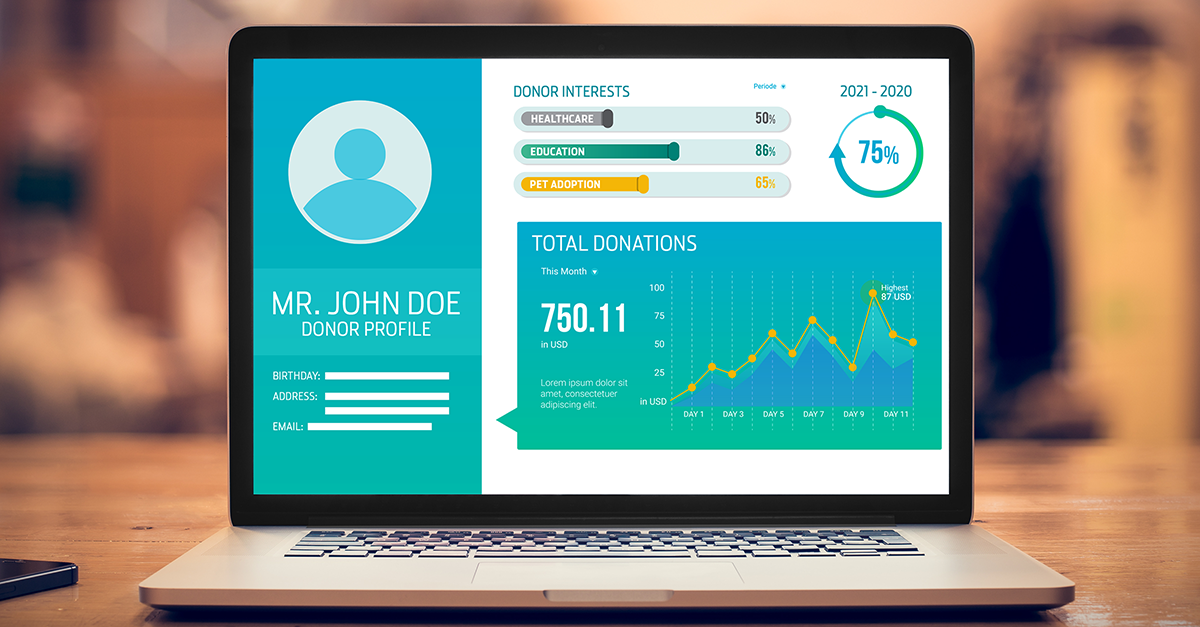
Getting to know your donors and what is important to them is crucial to your data. For example, say Mr. Thompson donates $1000 to your nonprofit every Thanksgiving in honor of his cat. Collecting this information and noting that Mr. Thompson has a cat is a data point that you can refer to throughout the donor cultivation process.
Why Collect Donor Data Points
There are many reasons why taking the time to collect donor data points is valuable. These data points help your organization build a complete donor profile and understand who your donors are and why they give to your nonprofit. This pertains to individuals and corporate partners.
Data points will enlighten you on corporate partners’ giving strategies, timelines, and core values. This information presents you with real-time options for different creative giving opportunities, like matching gifts, employee campaigns, event-based giving, and payroll giving.
Capacity, Affinity, Clarity
When studying your donor data points, three key things to analyze are capacity, affinity, and clarity.
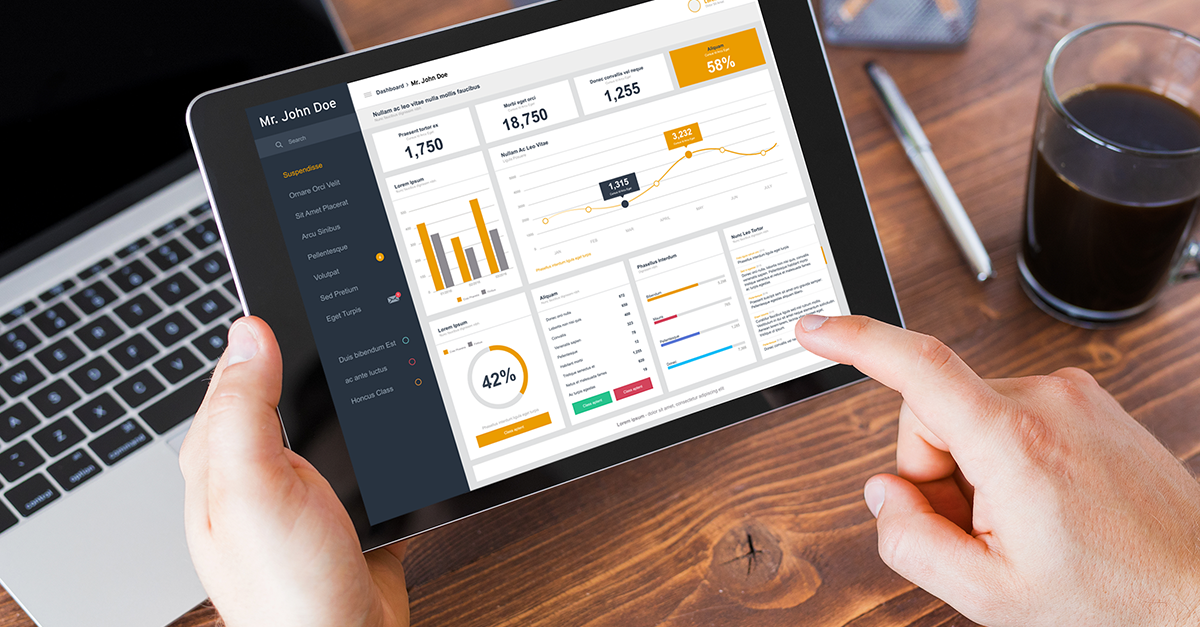
Capacity
The capacity of the donor is determined by an extensive evaluation of their wealth indicators, such as real estate holdings, occupation or title, stock ownership, giving history, and political affiliations. Understanding the donor’s capacity is imperative for knowing when to make an ask and how to approach the donor with the ask.
Affinity
Affinity pertains to the philanthropic willingness of the donor to give and support your mission. A couple of things to consider when it comes to affinity are the relationship of the donor to your mission and any personal connections they may have. Gathering this information entails meaningful conversations with donors and active listening. Be sure to add these notes to the donor profile in your database.
Clarity
Understanding the capacity and affinity of the donor gives you clarity on why the donor supports your cause. If you do not have a clear understanding of your donor, whether it be an individual or corporate partner, you risk losing their support and future gifts. Having clarity helps you understand how much to ask for and how to craft the ask.
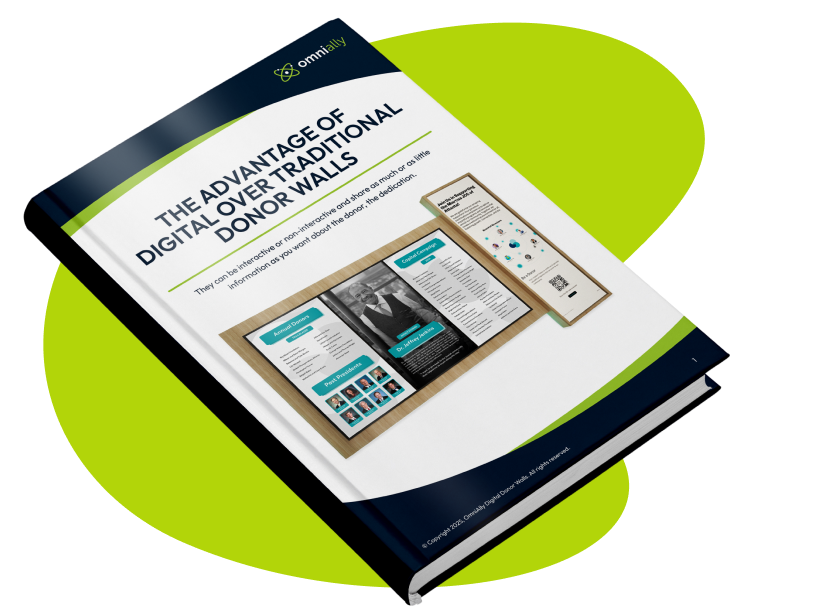
The Advantages of Digital over Traditional Donor Walls
Learn the top reasons nonprofits are moving away from traditional donor walls and embracing the flexibility digital offers.
When To Collect Donor Data Points
When is the right time to collect donor data points? Every opportunity you can! This could be as soon as the gift is made, at an event through conversation, during a call, or through an annual donor survey. You can even create a survey designed to re-engage lapsed donors allowing you to update your current data.

After the data is received and documented in your donor database software, it is critical you update it as often as needed. For example, if you find out that Mr. Thompson got a new cat, make a note of this in his donor profile, this is valuable feedback. Organizing, measuring, maintaining, and frequently analyzing donor data points helps you know whom to target and how to speak to them.
Organizing Your Donor Data Points
Your donor relations team must have one place to store and organize all of this donor data. If you are a larger nonprofit with many donors, it is recommended you use a donor database. If you are operating on a tight budget, there are many free or low-cost database or CRM software options out there for you.
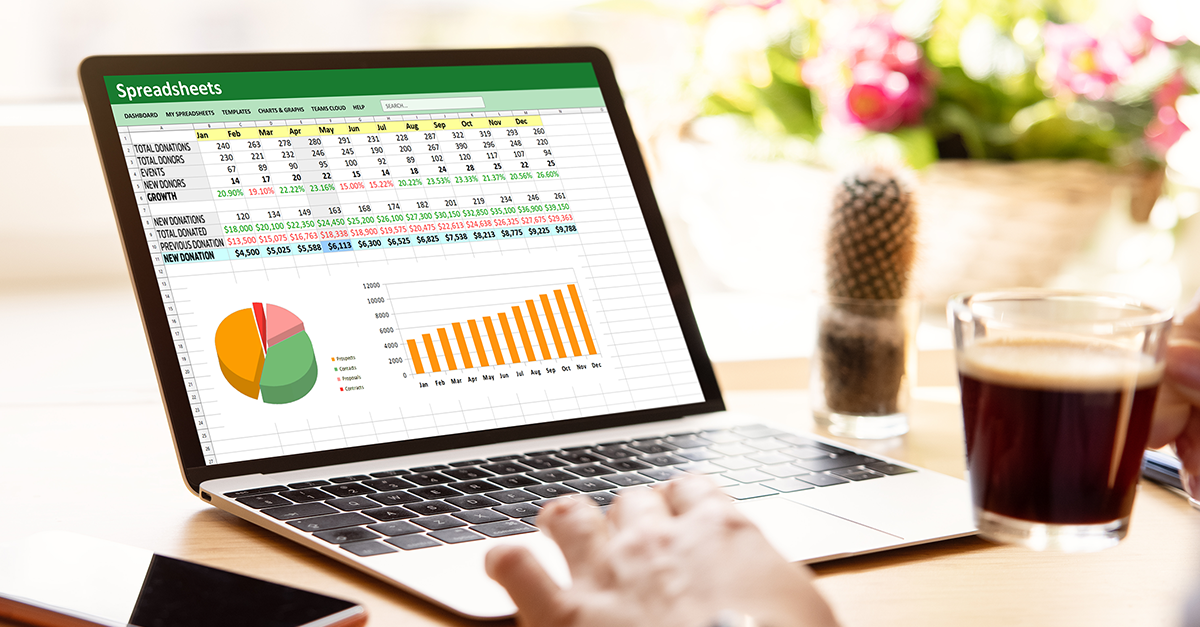
For smaller nonprofits, simply creating an Excel spreadsheet may be sufficient. Whichever method you use, keep accurate and up-to-date records for every donor, with succinct notes that have a date. Make a point to also record the results of every outreach effort and inbound action.
An effective organization will yield useful information such as engagement levels, the effectiveness of cultivation efforts, affinity, retention, revenue growth, and cost of acquisition. To be truly effective, consider doing list segmentation, tagging, and adding thorough notes.
The more organized the data, the easier it is to pull, manipulate, mine, and ultimately capitalize on. This is imperative when planning your next fundraising campaign or email marketing effort.
Conclusion
Collecting and maintaining crucial donor data is time-consuming, but investing in this process will play a key role in your nonprofit reaching its fundraising goals. In addition, collecting the data, reviewing it, updating it, and analyzing it will help you form meaningful relationships with donors that will last for years to come.
Are you interested in learning more about the importance of donor data? Download OmniAlly’s eBook today! Click here.
Table of Contents

The Advantages of Digital over Traditional
Top reasons nonprofits are embracing the flexibility digital offers.

The Advantages of Digital over Traditional
Top reasons nonprofits are embracing the flexibility digital offers.
-1.png?width=460&height=255&name=Wright%20Museum%20Final%20(1)-1.png)
